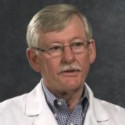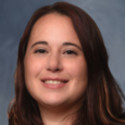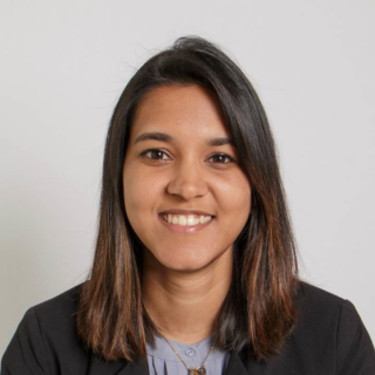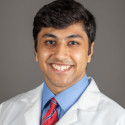Digestive Disease Week, the world’s largest integrated meeting of gastroenterologists, hepatologists, GI surgeons, and endoscopists, celebrated its 56th anniversary in San Diego, May 3-6. Sponsored by an alphabetic amalgam of interdependent and interconnected medical and surgical societies (AGA, AASLD, ASGE, SSAT) focused on the study, prevention, and treatment of luminal GI, liver, and pancreaticobiliary disorders, I have attended 46 of these meetings. During this time, the sponsoring societies significantly increased their educational offerings, meaning simultaneous sessions spread across giant convention centers or sprints between talks given at satellite hotels. This problem was further exacerbated when the meeting was condensed to four days at the request of clinical practitioners. Technology has solved the problem of distant or simultaneous sessions. Most talks are now recorded and, like the poster sessions, can be viewed online or virtually at the attendee’s convenience; not so with the AGA and ASGE post-graduate courses, however, which were competitive, required separate subscriptions, and limited access to additional educational events for the individual who attended both.
Kudos to the Societal and DDW Council Leadership for trialing a combined one-and-a-half-day AGA-ASGE post-graduate course on Saturday and Sunday morning at DDW 2025. Course directors Drs. Kristen Dilly, Ruben Hernaez, Jami Kinnucan, Nagi Reddy, and Alessandro Repici, who brought together a superb American and international faculty that attracted 2,600 attendees to the course “Complete Clinical Update for Today’s Practice,” it was an excellent course. Here are a few highlights, not necessarily reported in chronological order: A session on the medical, surgical, and endobariatric approaches to treat obesity, the importance of such treatment subsequently being reinforced with updates on Metabolic Dysfunction-Associated Steatotic Liver Disease (MASLD), a.k.a. Nonalcoholic Fatty Liver Disease (NAFLD) in the liver section of the course. An additional segment of the course was titled "Inflammatory Bowel Disease: A Year in Review" and included talks on redefining remission, AI technologies to assess disease severity, new therapies on the horizon, and my favorite talk, Battling (provider and patient) risk aversion for many new IBD therapies.
Challenges in liver diseases included not only an overview of MASLD and treatment of severe alcohol-related hepatitis, but also the multidisciplinary approach to gastric varices. There were updates on the management (and prevention) of acute pancreatitis, another on exocrine pancreatic insufficiency, and still another which outlined options other than narcotics to treat chronic pancreatitis pain, as well as a standalone session dealing with the prevention of colon cancer, “one polyp at a time.” Finally, there were State of the Art lectures by the ASGE president, Dr. Prateek Sharma, entitled “AI Polyp Detection—Protecting the Provider and Patient Experiences,” and AGA president, Dr. Maria Abrue, entitled “The Impact of the Microbiome in GI Disease.”
Day two covered esophageal reflux, including the diagnostic approach to erosive and non-erosive disease, as well as current and evolving pharmacotherapy. In addition, there was a state-of-the-art lecture on the endoscopic management of refractory reflux and the association of reflux after bariatric surgery, particularly the gastric sleeve. Dysphagia, eosinophilic esophagitis, and the multiple approaches to diagnose and treat obstructive jaundice, particularly that caused by pancreatic cancer and complex common bile duct stone disease, were covered by expert endoscopists who reinforced the interplay of EUS and ERCP for complex pancreaticobiliary disease. In addition, Dr. Andy Taur gave a wonderful, practical, and funny State of the Art Lecture entitled “Call the Plumber,” on the approach to GI emergencies, particularly GI bleeding, in the hospitalized patient.
The final segment of the course dealt with GI oncology: Barrett’s, preventing gastric cancer, pancreatic cysts and IPMNs, and advances in the treatment of other pre-malignant lesions, followed by a course wrap-up.
The combined AGA-ASGE course highlighted many of the most common problems that clinicians caring for GI patients face. We will wait for the final attendee evaluations. Mine? I strongly favor the combined format. The only problem is that it took us 56 years to get there.
Dr. Kozarek has no relevant conflicts of interest to report.
Image by S-S-S / Getty







